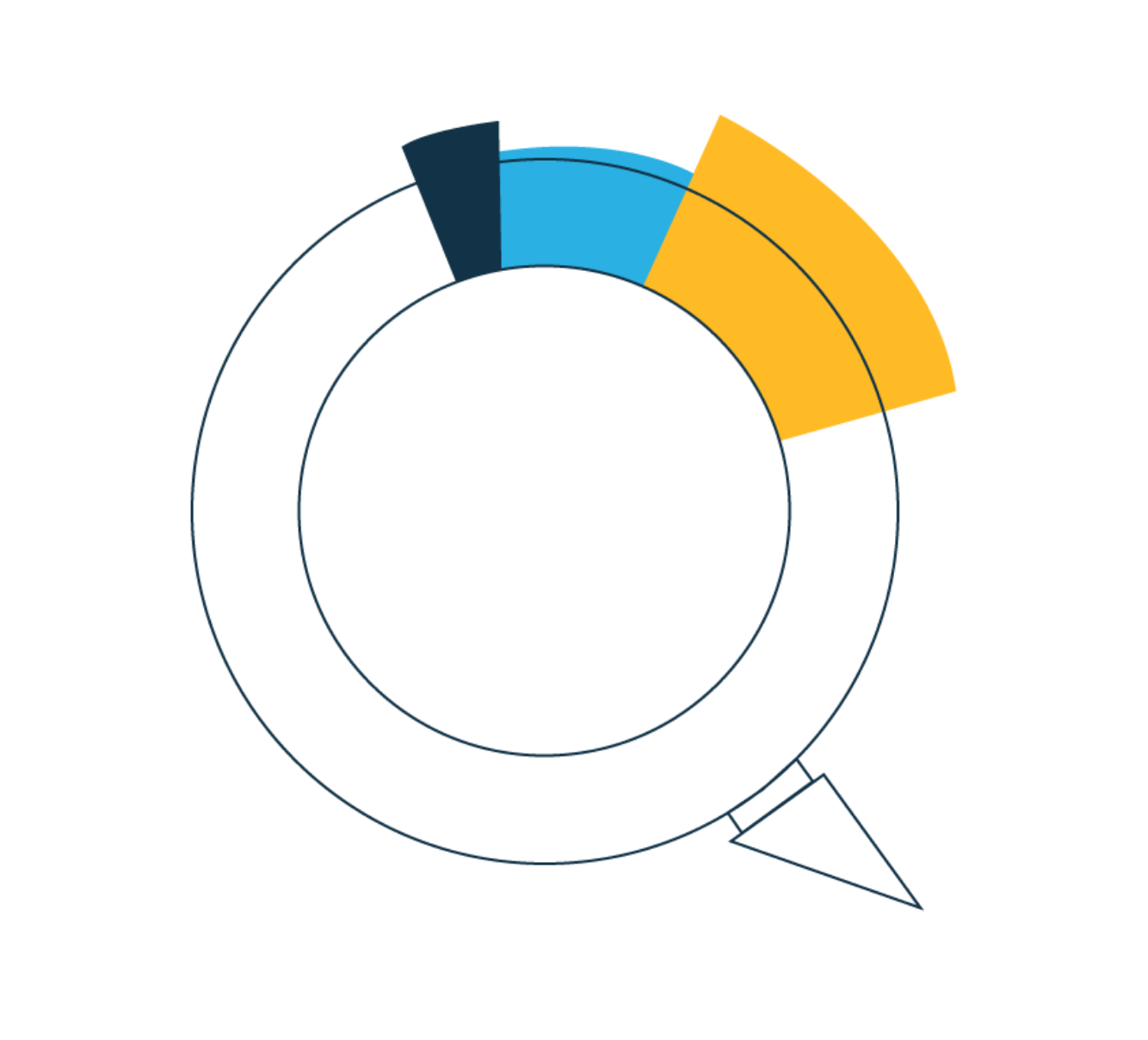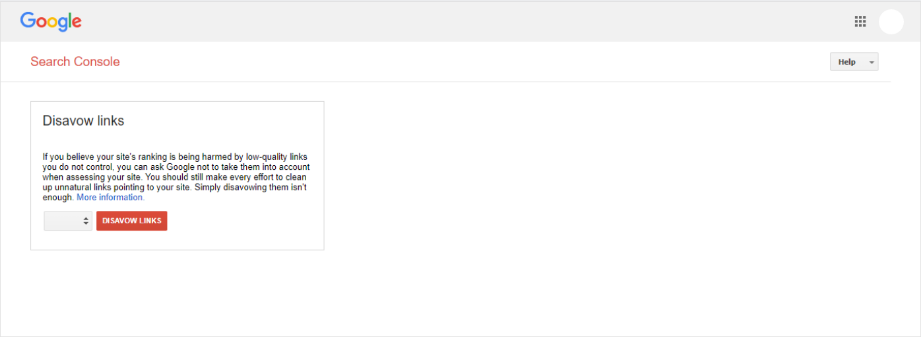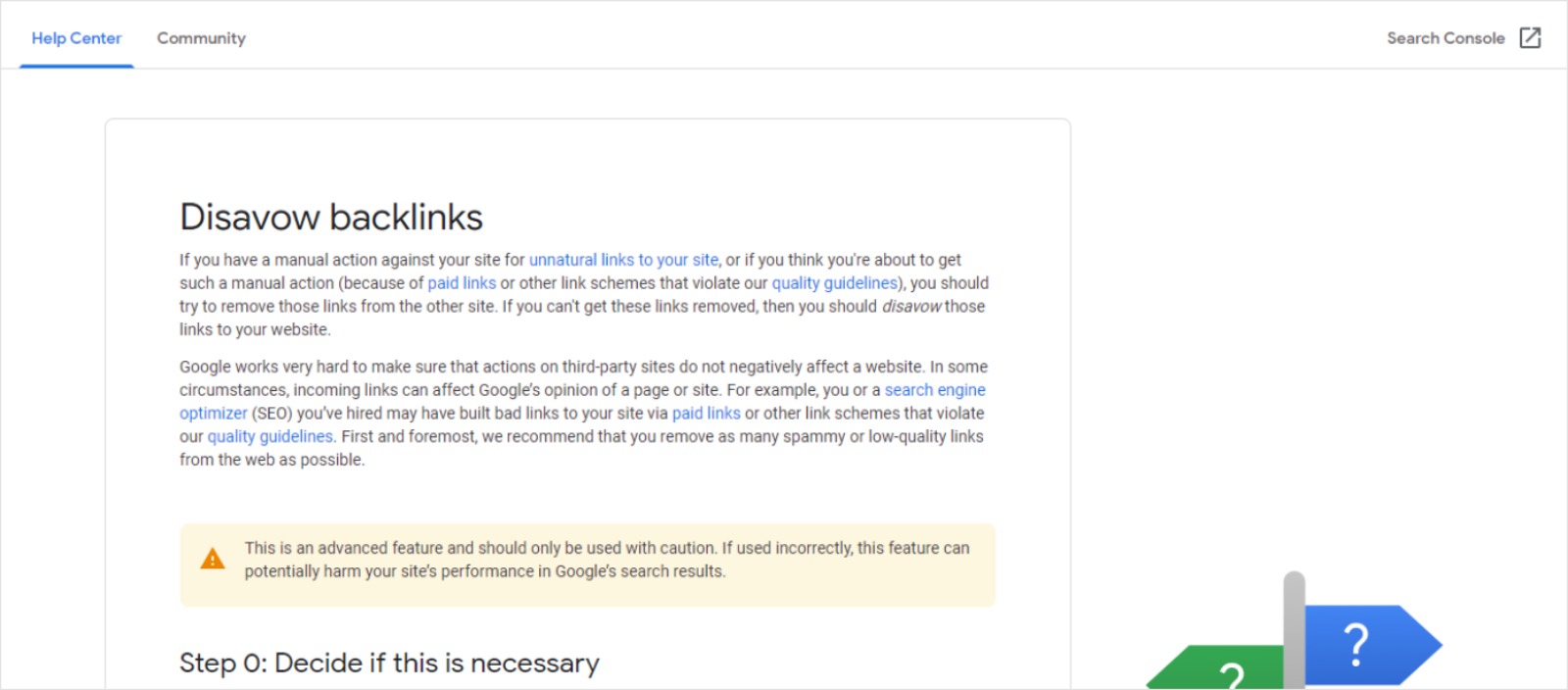Search Engine Deoptimization and Negative SEO:
How It Works


Over the years, search engine optimization (SEO) has evolved dramatically to become one of the most powerful tools to launch and grow a brand. Every good marketer and business owner has SEO in their toolkit.
There is no single strategy that guarantees a 100% success rate in SEO. Hence, it is a combination of proven techniques that will propel your brand on top of the search results.
It’s not easy to climb up to Google. Hence, many gamble on more improper methods to be on the top. They undertake strategies that would damage another website or its competitor. Call it the push and shove tactic. If you ever find yourself in this dilemma, then you are most likely a victim of negative SEO.
What is Negative SEO a.k.a. Search Engine Deoptimization?
Negative SEO is using techniques that are against search engine guidelines. It aims to destroy a competitor’s website rankings in the search results. These practices are unethical and can come in many forms:

Hacking your website

Building thousands of spammy links to your website

Copying your content and distributing it all over the internet

Pointing links to your site using keywords like Viagra, poker online, and many others

Creating fake social profiles and ruining your reputation online

Removing the best backlinks your site has
How Negative Off-Page
SEO works
Negative Off-Page SEO targets the site without interfering with it in any way. Most commonly, it implies manipulating the site's backlinks or externally duplicating its content.
Link farms - Generally, a single spammy link, even if it's sitewide, wouldn't be able to shatter a site's rankings. This is regardless of how many quality links it held before. That's why negative SEO involves links from a group of sites or link farms.
A link farm is a hub of interconnected websites. Starting as somewhat of a Grey Hat technique, nowadays almost only Black Hat. These sites used to link to each other to increase the link popularity of each site's pages.
Scrapers - Falsifying duplicate content. It involves scraping your site's content and then copying it to other websites. Sometimes, even as part of the link farms discussed above.
Fake reviews - Like good quality links, good reviews mean a lot. An influx of negative ones isn't just bad for local search engine rankings; it's bad for business. You see. reviews are relatively easy to manipulate, and they may be the first thing a jealous competitor will try to do.
Heavy crawling - This Black Hat SEO trick involves forcefully crawling the site which results in heavy server load. It may slow down the site or even crash it altogether. If search engines can't access a website when it's down, you'll lose some crawl budget there. If this happens a few times in a row, you might get de-ranked.
Click fraud - Clicks are a controversial signal in the SEO spot. Some real-life experiments show that a high click rate on a link can boost rankings. On the flip side, a low CTR will get a site de-ranked.
Altering your content
This tactic can be very subtle and difficult to spot. It involves adding spammy content (and links) to a website.
Getting the site de-indexed
A change in robots.txt is a straightforward alteration that could wreak havoc on your entire SEO strategy. A disallow rule is all it takes to signal Google to completely ignore your essential pages or even the whole website.
Modifying Redirects
- A possible adverse SEO scenario is someone changing your pages to redirect to theirs. It doesn't pose a threat to most small businesses. But, if your site enjoys high authority and link popularity, then it could be someone's sneaky way to increase their own site's PageRank. They simply redirect visitors to their website when they try to access yours.
Hacking your site (In general)
- Even if the attacker has no negative SEO in mind, a hacker attack per se can hurt your SEO. Google wants to protect its users and will take a dim view of any site which is hosting malware (or linking to sites which do). That's why if they suspect hacking on a website, they may de-rank your site, or at the very least, add a "this site may be hacked" line to your search listings.


 (Image source and Google Disavow Tool Link:
(Image source and Google Disavow Tool Link:  (Image Source:
(Image Source: 